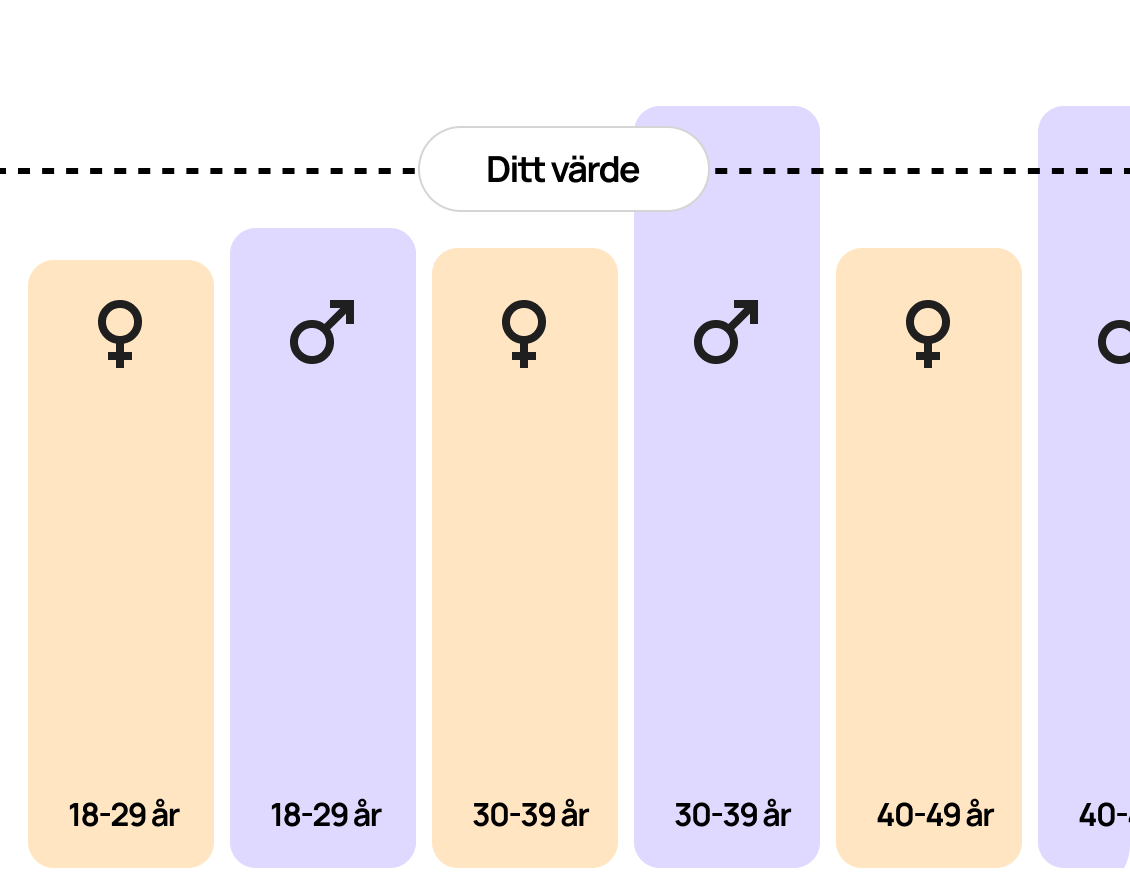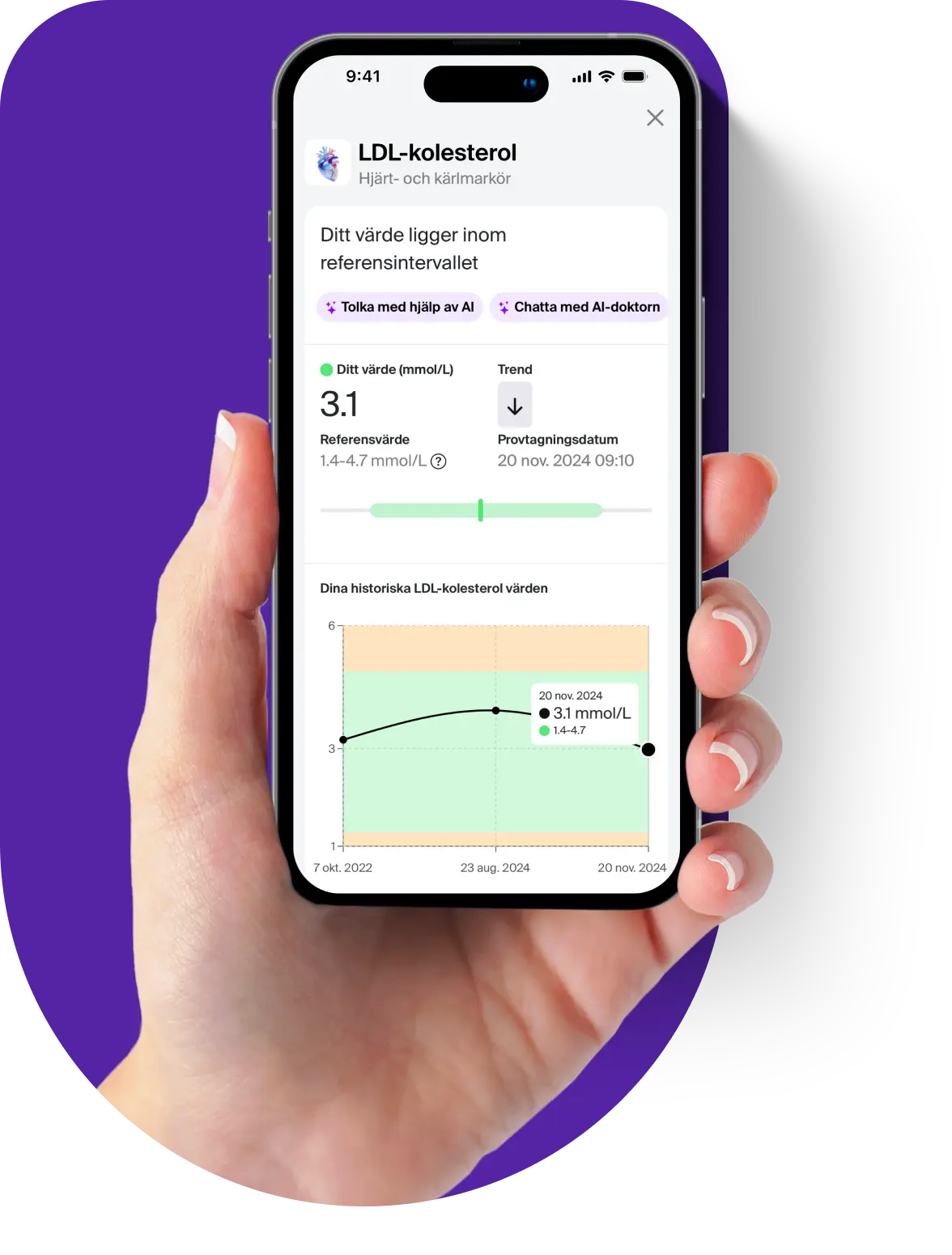INR Test – Blood Test for Coagulation and Bleeding Risk
The INR test (International Normalized Ratio) is a functional blood test used to assess how quickly blood clots via the extrinsic coagulation pathway. It provides a standardized measurement of the prothrombin time (PT), making results comparable across different laboratories. The test reflects the activity of vitamin K-dependent clotting factors, primarily factors II (prothrombin), VII, and X, and is commonly used to monitor and adjust anticoagulant therapy with warfarin.
Why measure INR?
The INR test is primarily used to monitor the effectiveness of anticoagulant treatment, particularly with warfarin. Since warfarin inhibits vitamin K-dependent clotting factors, regular INR monitoring is essential to ensure the blood is not clotting too slowly (increasing the risk of bleeding) or too quickly (increasing the risk of thrombosis).
Beyond anticoagulant therapy, the INR test is also a sensitive indicator of the liver’s ability to synthesize clotting factors and is therefore used in the evaluation of liver disease. It plays an important role in the investigation of unexplained bleeding tendencies or suspected coagulation disorders. Additionally, it is used in preoperative assessments to evaluate bleeding risk before surgery or invasive procedures.
The INR test is recommended to:
- Monitor and adjust dosage during warfarin treatment.
- Evaluate liver function related to clotting factor production.
- Investigate causes of bleeding tendency or clotting abnormalities.
When is an INR test appropriate?
The INR test is essential in clinical situations where assessment of coagulation status is needed.
- During anticoagulant therapy (e.g., atrial fibrillation, venous thrombosis, mechanical heart valves).
- In suspected liver disease or vitamin K deficiency.
- Prior to surgery or invasive procedures to evaluate bleeding risk.
What does a high or low INR mean?
- Elevated INR: Indicates prolonged clotting time. Common in warfarin therapy, liver failure, or vitamin K deficiency.
- Normal INR: Seen in healthy individuals with normal coagulation (typically 0.9–1.2).
- Low INR during treatment: May indicate insufficient anticoagulant effect.































